30 Kgs of Honey
Hey everyone, this is what 30 kgs of honey looks like in a stainless settling tank! Why did I make this post? Well rumour would have it that honey can't go off... or so I thought?
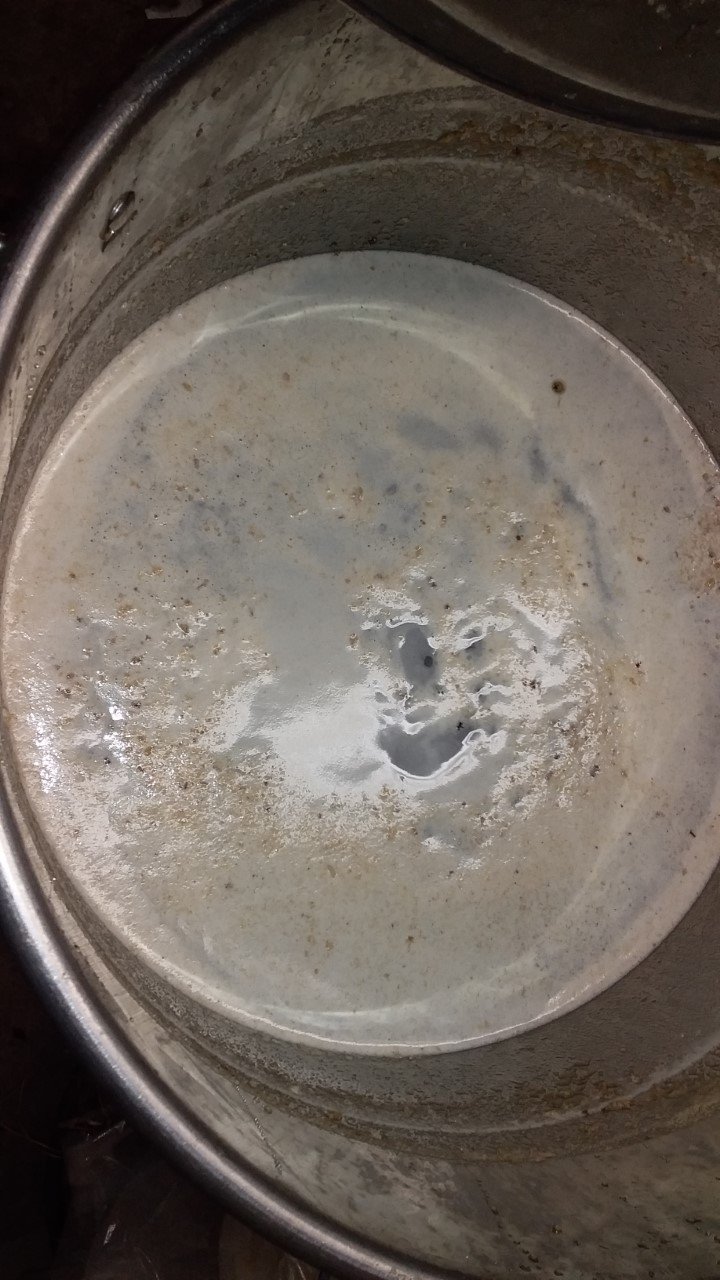
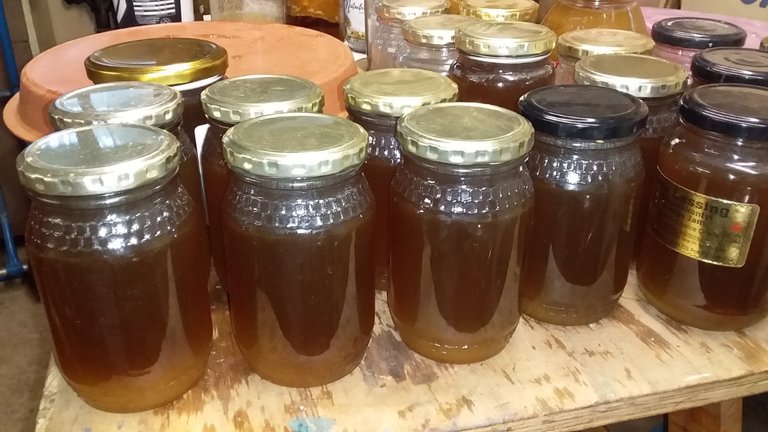
I give alot of honey away to friends and family. I am nice like that. My Aunt recently said 'Craig' why did you give me 'vrot' honey?? Vrot = bad,sour,off. I would never do that Aunty Jan what happened?
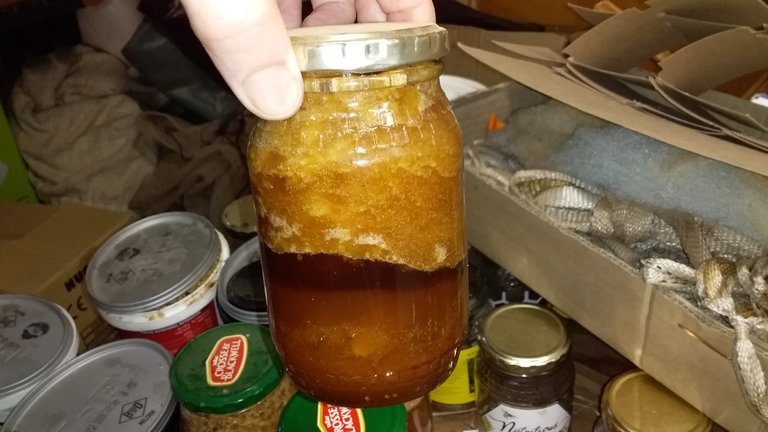
As per www.wikipedia.org
Formation
A honey bee on calyx of goldenrod with its proboscis extended
Honeycomb displaying hexagonal prismatic wax cells in which honey bees store honey
Honey is produced by bees collecting nectar and honeydew for use as sugars consumed to support metabolism of muscle activity during foraging or to be stored as a long-term food supply.[11][12] During foraging, bees access part of the nectar collected to support metabolic activity of flight muscles, with the majority of collected nectar destined for regurgitation, digestion, and storage as honey.[11][13] In cold weather or when other food sources are scarce, adult and larval bees use stored honey as food.[12]
By contriving for bee swarms to nest in human-made hives, people have been able to semidomesticate the insects and harvest excess honey. In the hive or in a wild nest, the three types of bees are:
a single female queen bee
a seasonally variable number of male drone bees to fertilize new queens
20,000 to 40,000 female worker bees[14]
Leaving the hive, a foraging bee collects sugar-rich flower nectar, sucking it through its proboscis and placing it in its proventriculus (honey stomach or crop), which lies just dorsal to its food stomach. The honey stomach holds about 40 mg of nectar, or roughly 50% of the bee's unloaded weight, which can require over a thousand flowers and more than an hour to fill. The nectar generally begins with a water content of 70 to 80%.[15] Salivary enzymes and proteins from the bee's hypopharyngeal gland are added to the nectar to begin breaking down the sugars, raising the water content slightly. The forager bees then return to the hive, where they regurgitate and transfer nectar to the hive bees. The hive bees then use their honey stomachs to ingest and regurgitate the nectar, forming bubbles between their mandibles repeatedly until it is partially digested. The bubbles create a large surface area per volume and a portion of the water is removed through evaporation.[16][11][13][17] Bee digestive enzymes hydrolyze sucrose to a mixture of glucose and fructose, and break down other starches and proteins, increasing the acidity.[11][13][18]
The bees work together as a group with the regurgitation and digestion for as long as 20 minutes, passing the nectar from one bee to the next, until the product reaches the honeycombs in storage quality.[13] It is then placed in honeycomb cells and left unsealed while still high in water content (about 50 to 70%) and natural yeasts which, unchecked, would cause the sugars in the newly formed honey to ferment.[12][19][20] Bees are among the few insects that can generate large amounts of body heat, and the hive bees constantly regulate the hive temperature, either heating with their bodies or cooling with water evaporation, to maintain a fairly constant temperature of about 35 °C (95 °F) in the honey-storage areas. The process continues as hive bees flutter their wings constantly to circulate air and evaporate water from the honey to a content around 18%, raising the sugar concentration beyond the saturation point and preventing fermentation.[12][13] The bees then cap the cells with wax to seal them.[13] As removed from the hive by a beekeeper, honey has a long shelf life and will not ferment if properly sealed.[12] More here as per wikipedia.org : https://en.wikipedia.org/wiki/Honey
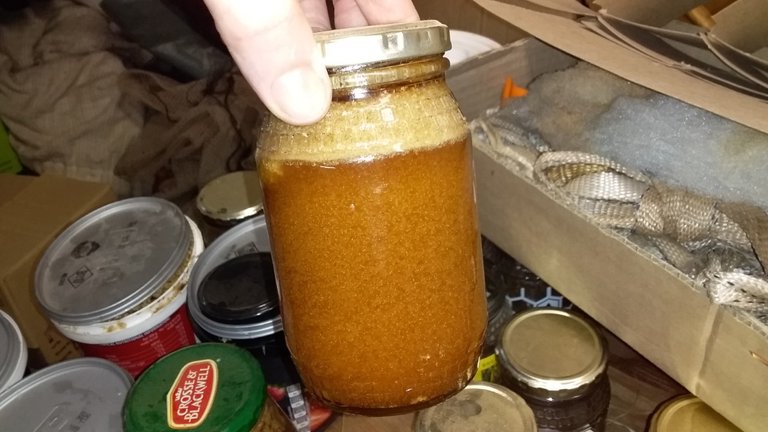
This was one from our old stock, I opened it up after seeing a swollen lid and to my dismay, rotten, but how? My suspicion is that in processing maybe a little larvae or something got in and went rotten thus tainting the whole bottle.
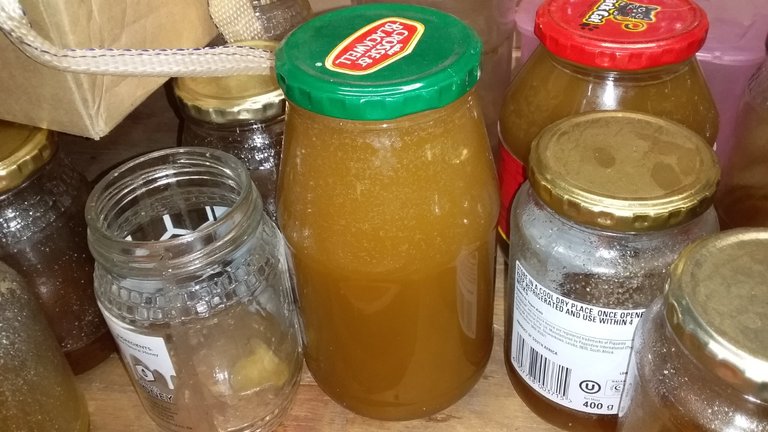
Nature the incredible!
Love and light, may you be abundantly blessed and have an amazing new year!
Cheer$;)
Yum! You have been curated @bahagia-arbi on behalf of FoodiesUnite.net on #Hive. Thanks for using the #foodie tag. We are a tribe for the Foodie community with a unique approach to content and community and we are here on #Hive.
Join the foodie fun! We've given you a FOODIE boost. Come check it out at @foodiesunite for the latest community updates. Spread your gastronomic delights on and claim your tokens.
Join and Post through the Community and you can earn a FOODIE reward.
Yay stunning thanks so much really appreciate. Cheer$;)
Hi craigcryptoking,
Visit curiehive.com or join the Curie Discord community to learn more.
Swweettt bud really appreciate that thanks a mil. Cheer$;)